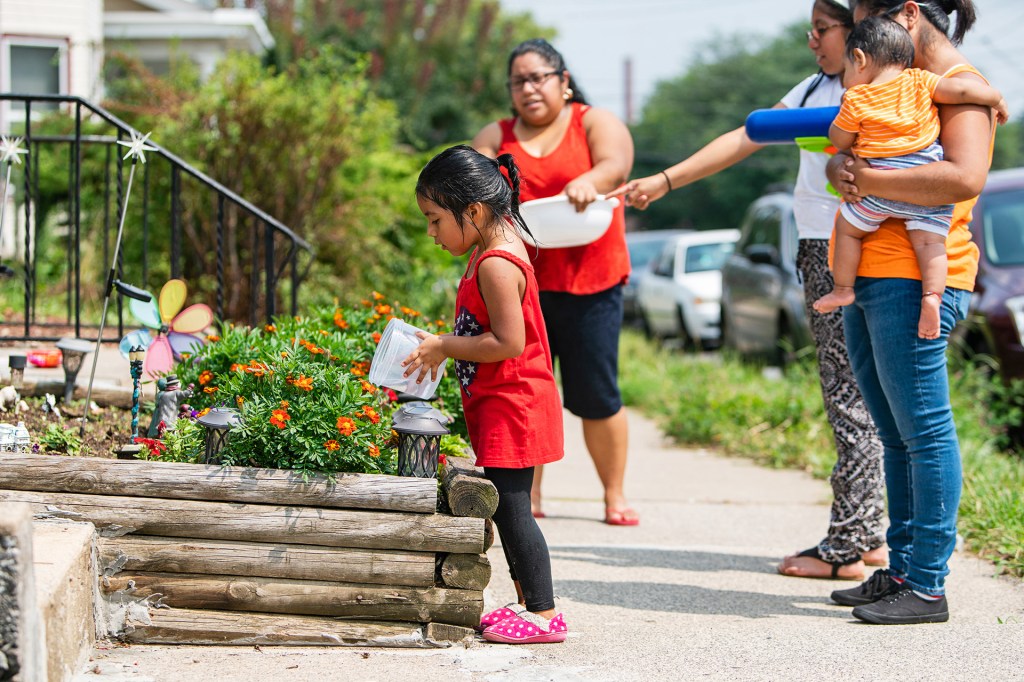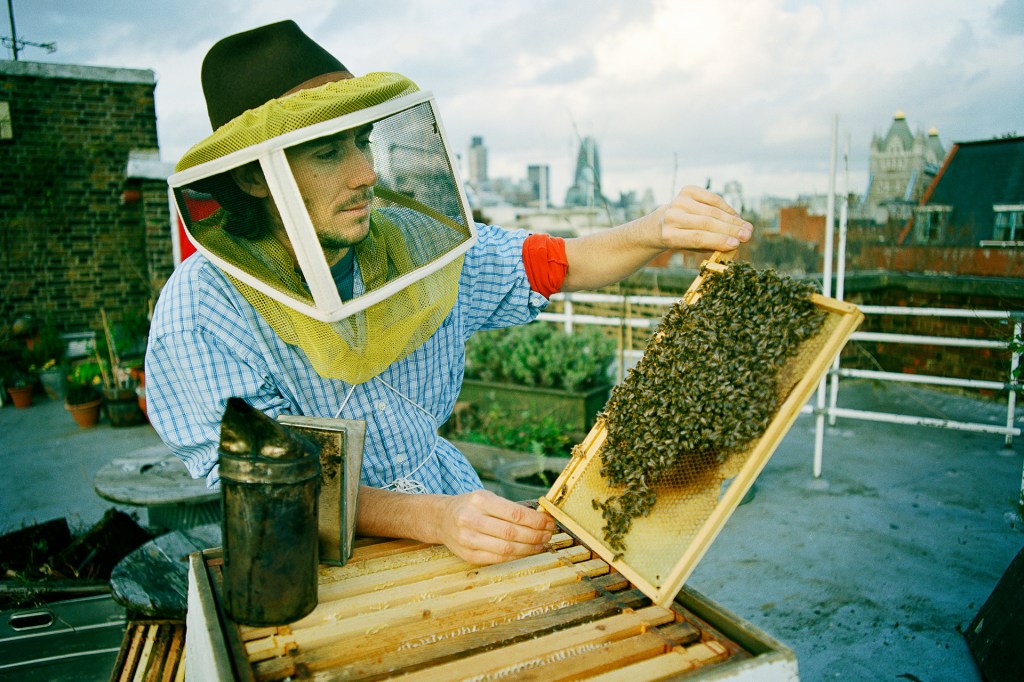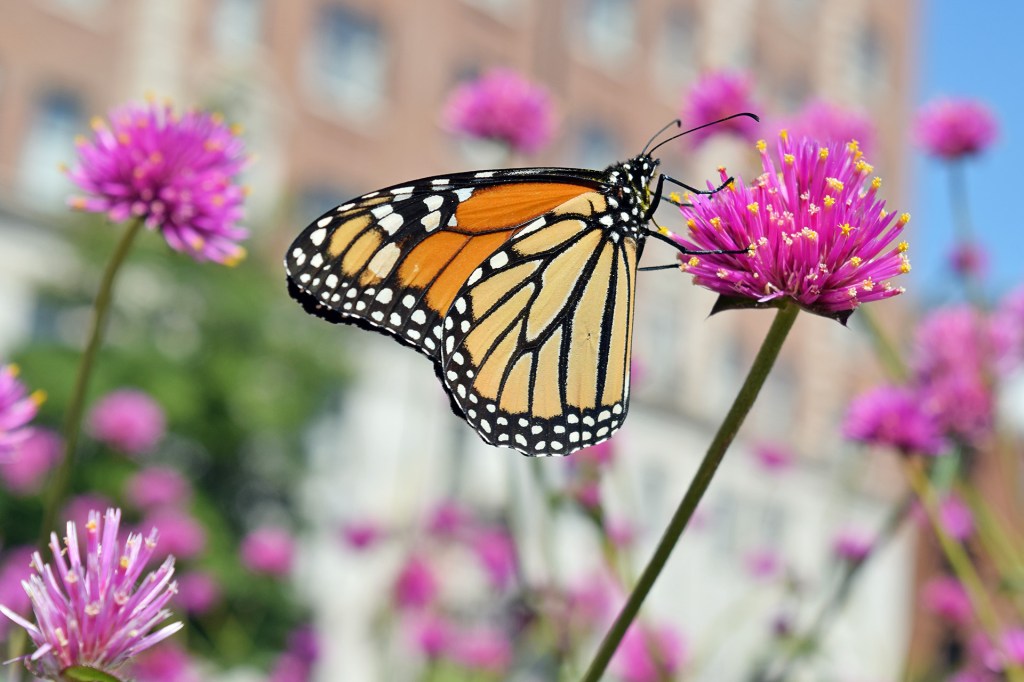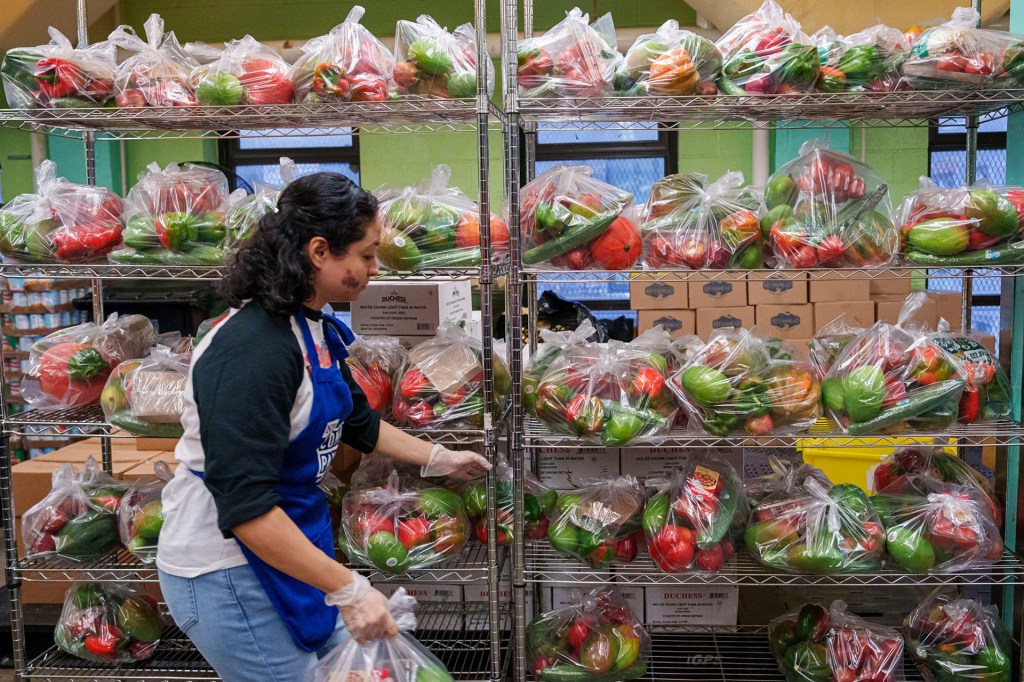Cities in Bloom

Wildflowers are a stunning sight. But a wildflower meadow isn’t just nice to look at. It’s also doing important work. It promotes biodiversity biodiversity the existence of many different types of plants and animals within an environment (noun) . It produces food for pollinators pollinator something that carries pollen to a plant (noun) , such as bees and butterflies. And it provides a habitat for birds and small mammals.

LOCAL COLOR A vibrant wildflower meadow overlooks Liverpool, a city in northwest England.
WELLSIE82/GETTY IMAGESNot all wildflowers grow in meadows. People plant small patches in cities, too. Researchers in Warsaw, Poland, were curious about these patches. They wondered if small patches in urban areas could make a big impact. So they conducted a study. It was published in November 2024. It ran in the journal Ecological Entomology.
The study found that small city patches make a big impact on wildlife. Many different kinds of pollinators visit them. These include wild bees and hoverflies. They support healthy ecosystems.

DO YOUR PART A family waters flowers in front of their home. Even small flower patches can boost biodiversity.
ALEX POTEMKIN—GETTY IMAGES
Barbara Zajdel led the team. She calls the study “good news for city dwellers.” People who live in cities often don’t have room for large wildflower meadows, she told TIME for Kids. But a patch can make a big difference. “Sowing even a small flower meadow attracts pollinating insects and ensures that they [can] collect the right amount of food,” Zajdel says.
Wildflower Week
Wildflower season begins in the spring. Since 1987, the first full week of May has been dubbed National Wildflower Week in the United States. This year, it begins on May 5.
The event is promoted by the Lady Bird Johnson Wildflower Center. That’s in Austin, Texas. Each year, people gather there to see wildflowers in bloom. Visitors can also learn about the flowers’ impact on the environment.
That impact continues long after wildflowers have bloomed, Demekia Biscoe points out. She’s the Wildflower Center’s director of education. “Wildflowers support our ecosystem year-round,” she told TFK. Wildflowers have deep roots. When these flowers are planted in the ground, the roots help stabilize soil. They also help soil absorb rainwater. Both of these effects can reduce flooding.
Pollinator Support
Not everyone has room to plant flowers in the ground. But you can still help. Biscoe suggests planting them outside in pots or window boxes. “If everyone in my apartment building planted native flowers on their patio,” she says, “the bees would be very happy.”

BIG-CITY BUZZ An urban beekeeper manages a swarm of honeybees on a rooftop in a bustling city.
RICHARD CLARK—GETTY IMAGES
Zajdel agrees. She explains that some pollinators aren’t able to fly very far from the nest in search of food. These include bees. The more wildflowers they find nearby, the happier and healthier they’ll be. (Have you ever been on a road trip and needed to stop for a snack? Think of wildflower patches as a pollinator snack shop.)
“Dispersing flower meadows, even small ones, in urban areas creates ‘life corridors’ for insects and other animals,” Zajdel says. For bees, birds, and bugs zooming around the city, a few flowers can be a lifeline.
Getting Involved

Want to promote biodiversity? Chrissy Word, director of education at New York’s City Parks Foundation, has a few tips. First, observe. Step outside. Immerse yourself in the natural world. Try an activity like birdwatching or gardening. Then get involved. Ask a teacher how you can help. Is there somewhere nearby you can plant wildflowers? Ask! Parks organizations offer after-school programs, too. Why not join? —By TFK Kid Reporter Safiyyah Hussain












